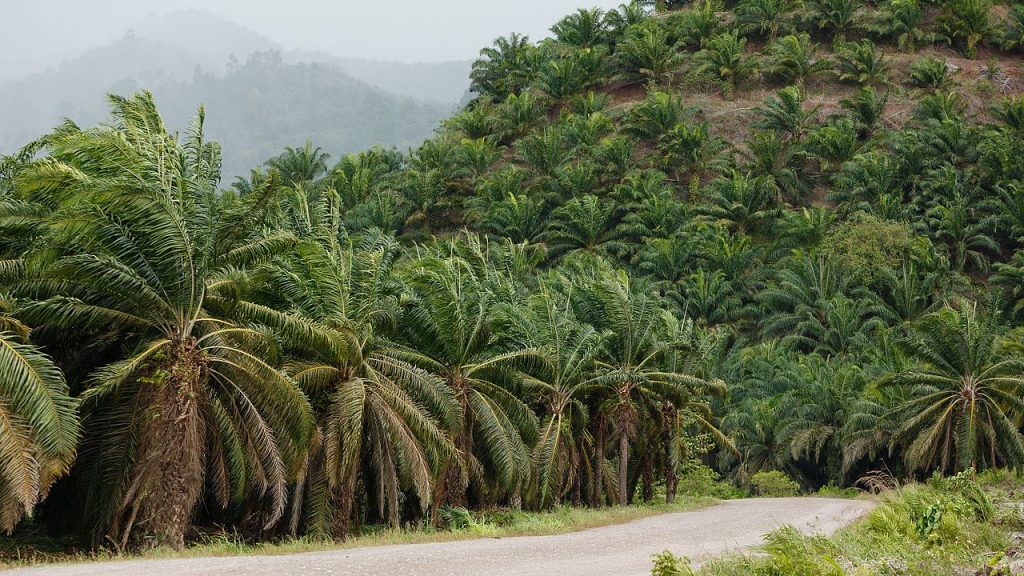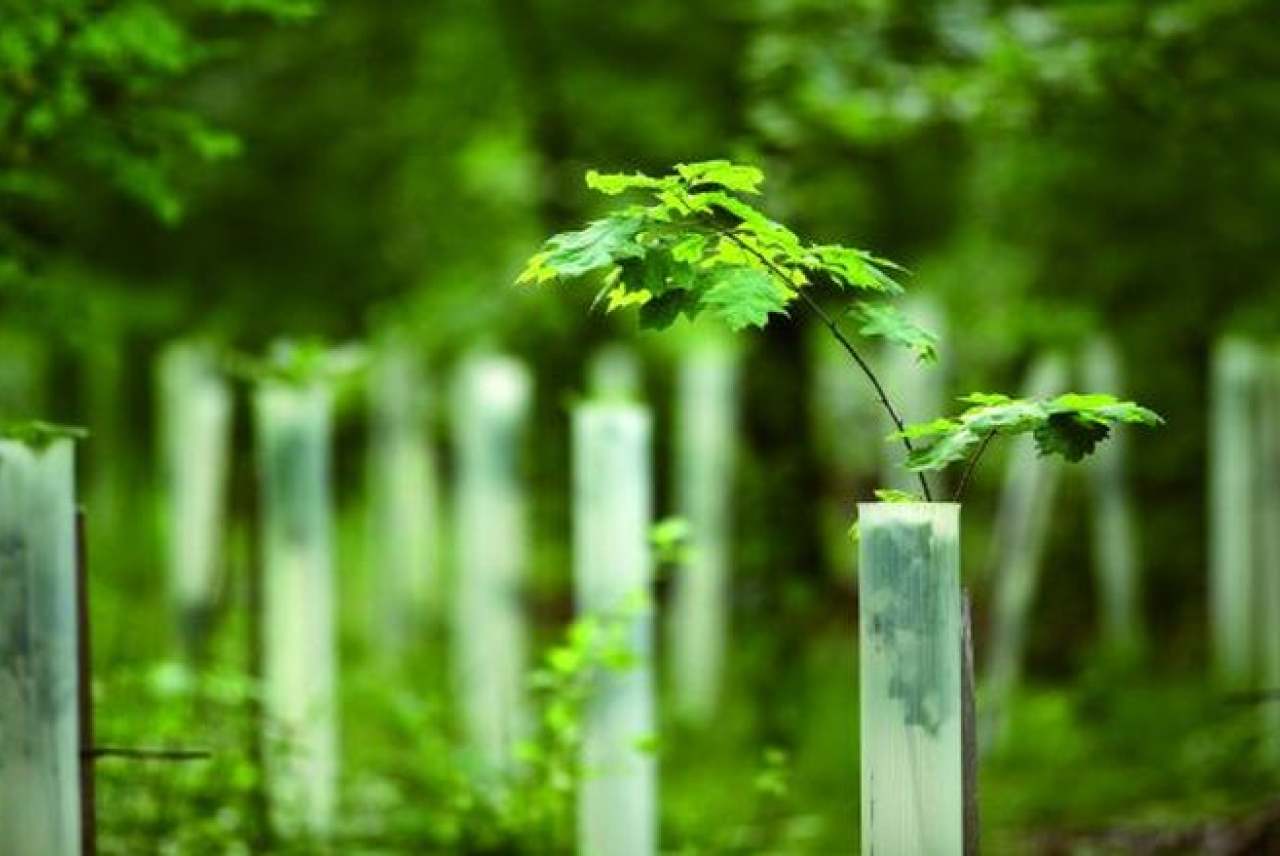The concept: emit CO2 – and pay to compensate for it.
If CO2 and climate change are destroying the planet, the idea behind offsetting carbon emissions makes a compelling case. In fact whole industries are banking on it to save their corporate skins from bad press and climate regulations.
NB Ecocore receives no income from the links below!
There is a thriving market in the offsetting industry. There is growing demand, and many companies are springing up all over the world offering offsetting schemes to meet that demand.
This is the idea:
- you do something that involves CO2 emissions – generally this includes everything from going on holiday to buying something shiny and new
- you don’t want your CO2 emissions to toast the planet so you pay someone else to do something that will either:
- preferably suck the CO2 back out of the air
- or less reliably, prevent someone else from emitting that CO2 instead
- whoever is doing the offsetting gives you a certificate of some sort showing how much CO2 you offset.
- the certificate ideally comes from an internationally recognised certification scheme which gives it some kind of credibility – preferably backed by an organisation who know what they’re talking about.
How many tonnes of CO2 emissions we all incur and how much is emitted per country is a rabbit-hole we don’t need to go down, but roughly speaking, people in industrialised countries each cause around 10 to 20 tonnes of CO2 emissions every year.
Scientists calculate that the earth’s carbon cycle can only re-absorb about 1 tonne of CO2 per head of our global population. So at about 15 tonnes per year, I’m producing a lot of CO2 I shouldn’t.
Should you offset it ALL? Maybe if you’re a total climate warrior. But most people will target offsetting flights, and more and more people are offsetting fuel and other transport costs.
Do the easy non-offsetting stuff first
If I’m looking to do something for the climate, I want to check I’ve done the easiest things first. I don’t need to offset the emissions caused by my domestic power supplier – why spend money doing that when I can bring my CO2 emissions down without any offsetting?
There are plenty of low carbon renewable energy suppliers, so switch – try the Which? Switch website to get a great overview of the prices and each company’s renewable vs fossil fuel mix. I use Good Energy, but most of the providers with green tariffs have something to offer. Avoid the ones that offer fossil fuels plus offsetting and stick to the ones with the biggest renewable energy % in their mix. Try any of these if you’re in the UK:



There are many other ways of burning less carbon too, making life more efficient or just choosing low carbon alternatives. But beware – there are a thousand ways to trip up, which is why Carbon Watchdog wants to bring in carbon rationing to clear the haze and reduce the faff. Subscribe to the newsletter or follow us on social media to get interesting updates as society extracts itself from the whole ugly fossil fuel-dependent situation.
In fact even with flying, before starting with offsetting, it’s possible to choose flights that will cause considerably less emissions than others. Old jets have poor miles-per-gallon, stop-overs are bad news, and packing light is also important – a generous weight allowance will cost more fuel.
Using Sky Scanner, the greenest flight option in a search is highlighted with a leaf motif, alongside the percentage of CO2 saved.

It’s also possible to fly on green fuel – but while that may save CO2 emissions, it comes at another cost: either new land is deforested for the bio-fuel crops, which releases way more CO2 than it saves for decades, or it out-competes food crops pushing prices of food up.

Other good places to look for CO2 savings would be personal investments (avoid investing in fracking, tar sands, coal, fossil fuel industry in general), home insulation, internet service provider or phone company (some providers advertise their low energy data centres), personal bank accounts (use a bank that doesn’t invest in fossil fuels), white furniture, wood products (avoid rainforest timber).
How to offset effectively
There’s a wide variety of carbon offsetting schemes out there to choose from and inconveniently, there’s no silver bullet. The ones that get the least criticism are tree planting, investing in renewable energy, and surprisingly, the distribution of fuel-efficient stoves in developing countries.
Here’s an overview of how the fuel-efficient stoves project works out how much CO2 it represents per £ or $.
- Many people in developing countries cook on open fires
- If they start cooking with fuel efficient stoves, they reduce the amount of wood they need to burn
- The fuel savings can be totalled up for the estimated lifetime of a stove
- This amount of timber saved correlates directly to an amount of CO2
- The cost is just the cost of the wood-burning stoves and the project admin fees
- A potential bonus is that giving people stoves in an area where their forests are under threat is that this might save the whole forest itself, and not just a few kilos of wood

That’s an example of indirect offsetting. There are many more examples on the Gold Standard website.
Investing in projects in the developing world is undoubtedly a Good Thing, but some of the projects offering stated CO2 emissions savings really don’t demonstrate a clear link between the money paid and the CO2 reductions, for instance clean drinking water projects or general sustainable development initiatives.
There’s another type of indirect offsetting that’s popular too – investing in renewable energy generation, creating new renewable energy capacity. With this though there is no easy maths to work out the cost per tonne of CO2. The money goes to help finance a renewable energy wind or solar or other energy farm, usually in the developing world where costs are lower. This means local people in that region get renewable electricity from their grid, and so reduce their fossil fuel consumption and CO2 emissions. But again, there is no direct relationship between the money paid and the CO2 reductions.
The tree-planting route is probably the easiest and less risky way to go. It’s President Trump’s favourite offsetting scheme – this post looks at some of the surrounding issues.
With trees, CO2 really is sucked out of the atmosphere. A scheme should look like this:
- a seedling is planted of a tree species that’ll absorb lots of CO2
- it grows over the years into a mature, 10 tonne giant
- when it passes the point in its life where it is absorbing the most CO2, it is felled
- the felled timber is disposed of in a way that prevents it – permanently – from decomposing (or getting burnt) and releasing all that captured CO2
This sounds simple enough but every step is fraught with difficulties, as you’d expect with a new industry. There are many schemes out there involving tree planting, such as this one which promises to offset all your CO2 emissions for your whole life for a few hundred pounds and one giant sequoia:

Or this one which keeps it simple – it just pledges to plant one tree for every pound paid:

The assumptions might seem reasonable (a problem everywhere when it concerns economics) but it is easy to criticise:
- diseases will take their toll (nothing is disease-resistant) and due to climate change, ironically, they can completely devastate tree plantations – giant sequoias are already coming under attack 🙁
- the changing climate is making forestry a more and more risky business as regions become drier or wetter
- the timber must be kept in perpetuity even after the tree (and the investor) dies
This last point is actually key. Many organisations for this reason won’t certify tree-planting schemes. One way around it is to fund the natural regeneration of degraded habitat in forest regions. Because the region naturally supports forest, then it’s a fair assumption to say that the forest (and absorbed CO2) should last for ever.
The main issue then is land ownership. Even if the land is bought and paid for, growing populations will put pressure on forests and these “offset forests” could easily become a source of local conflict. The most reliable offsets will be from the country with the most reliable legal system.
Britain’s Woodland Trust entices donations by stating that every £100 will care for enough woodland to capture and store around 4 tonnes of CO2. But as one of the UK’s most respected charities, they won’t commit themselves (my emphasis):
Our woods effectively absorb carbon and need to be maintained and cared for; your donation will help us to continue to do this. A donation to the above is neither an accredited offset programme nor a carbon credit purchasing scheme.
Woodland Trust website

Which? and the Ethical Consumer (below) both recommend using the Gold Standard offsetting platform because of its certification and offset scheme validation.

Which? also recommend using the ICAO (UN International Civic Aviation Organisation) carbon emissions calculator to work out a good CO2 estimate for what any particular flight will cause.

The world (or at least its national leaders) is expecting the ICAO to get all national aviation bodies to agree to impose carbon offsetting on all airlines, targetting Net Zero 2050. “Net” in Net Zero 2050 means “Offset”.
This is why many airlines, even Ryan Air, are offering the option to passengers to purchase carbon offsets with their flights. Soon it could be a mandatory inclusion in the ticket price.
The oil giant Shell began this year to offer offsetting for its petrol and diesel retail customers. In fact already businesses make up 90% of the customers of carbon offsetting schemes.
Carbon offsetting will have an impact now, but as it becomes more popular and as regulations make it obligatory, the available land for forestry and the opportunities for stove projects will become fewer and fewer.
As the industry matures, government oversight and regulations will also clamp down on the wilder assumptions used to create and sell the schemes. All this will add to the price per tonne of CO2.
There are other ways of removing CO2 from the atmosphere – it doesn’t have to be trees, e.g. building Saharan solar power stations that generate power to turn CO2 from the atmosphere back into carbon, carbon salt crystal or methanol and oxygen. But the technology is still in development and can’t yet be scaled to satisfy demand.
Relying on this route is creating a race – technology and human ingenuity versus CO2, measured in parts per million in the atmosphere.
Fortunately though, the narrative from the science is gaining in credence all the time: we must both rapidly reduce CO2 emissions and re-absorb huge amounts from the atmosphere. The Carbon Watchdog position is that carbon rationing is the best approach, and a carbon rationing framework would bring offsetting under its umbrella.
Although in the end, whether to use carbon offsetting and how much to use is still a personal decision for each individual, the most practical approach is still for us to each reduce our emissions as much as possible. With all the vagaries and assumptions involved in carbon offsetting, the first option should be to save that money towards an electric vehicle, home insulation or solar panels.

